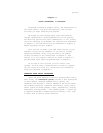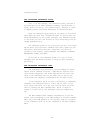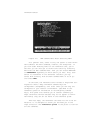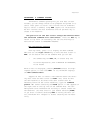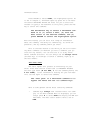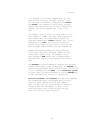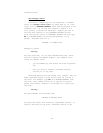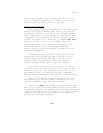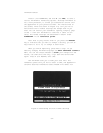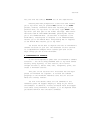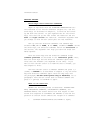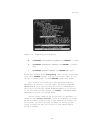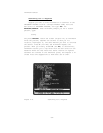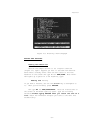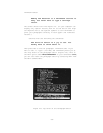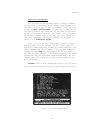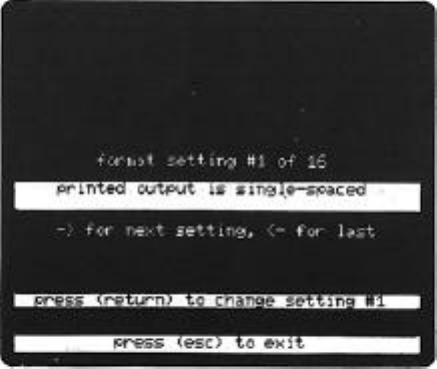
ThinkTank Manual
Press F (for FORMATTED) and then Y (for YES) to take a
look at ThinkTank’s formatting options. Although ThinkTank is
not a word processor, it allows you substantial control over
the appearance of your ported outlines. The instructions on
the screen, which are shown in Figure 4—2, tell you how to
move around the 16 format settings and change them if you
wish. You can control your document’s spacing, margins, page
titles —— even tell ThinkTank to construct a table of con-
tents. The format settings are described in detail under
FORMATTED in the reference guide.
Feel free to play around. Even if you press the RETURN
key to indicate that you want to change a setting, you can al-
ways leave it as it is, or change it back later.
When you finish exploring, press ESC to stop. If you
made any changes, ThinkTank displays the EXIT SETTINGS Command
Menu. You can now choose whether to SAVE your changes for the
future, use them this time only, or go back and review them
again. Press N (for NOSAVE) this time.
Now ThinkTank asks you to name your text file. The
reference guide tells you how to enter a name, and Appendix B
contains detailed information about PASCAL file names. For
Figure 4—2:Reviewing the Port Format Settings
—52—



